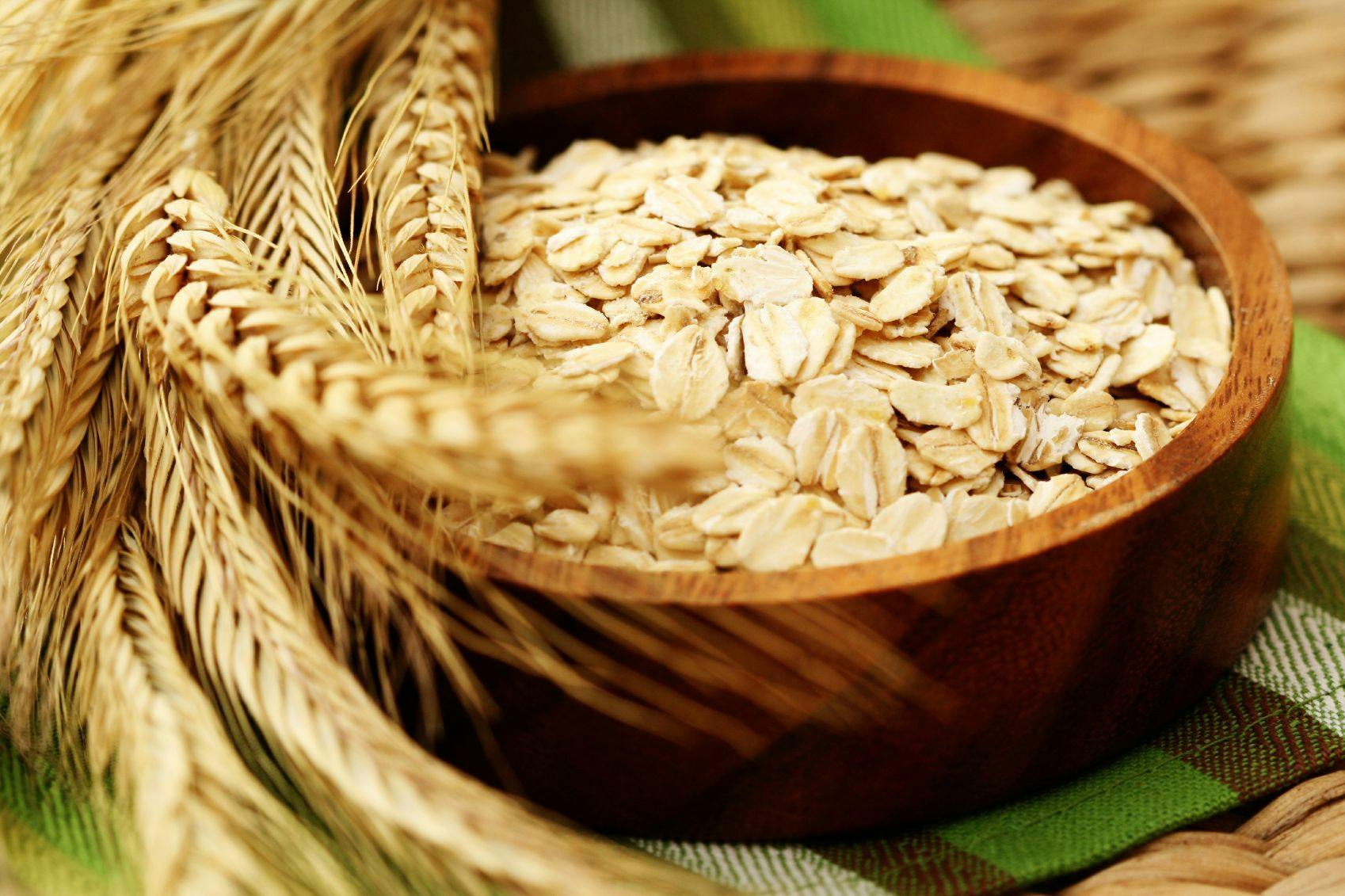Farro Is Driving the Ancient Grain Trend
Farro, the ancient grain of the Roman legions, is reaching new heights today.
Photo © iStockphoto.com/nicolas_

In the last year, U.S. sales of products labeled as “made with ancient grains” have grown by 35% to reach more than $209 million, according to SPINS1 (Schaumburg, IL). And while quinoa may still be the most ubiquitous, much of the growth is driven by up-and-coming ancient grains, such as farro.
SPINS data indicate sales of packaged farro bearing the label “made with ancient grains” grew by 26.4% in the past year. Bakery foods marketer Bob’s Red Mill (Milwaukie, OR) says farro is now its second-bestselling grain behind quinoa.
So, what’s to love about this surging grain?
Selling History
Confusingly enough, there are actually three different ingredients commonly marketed under the name farro: emmer, einkhorn, and spelt. While each grain has a different nutrient profile, the farro grains share some key formulation traits and a long and storied history of human use.
“The history of farro swirls with romance,” says Dennis Gilliam, vice president of sales and marketing, Bob’s Red Mill, which offers farro made from lightly scored spelt. “Once a mainstay of the daily diet of ancient Rome and a staple source of nourishment for the Roman legions, it is considered by some the ‘mother of all wheat.’”
Grain supplier Honeyville (Brigham City, UT) has also seen significant sales growth for spelt, according to Tim Devey, corporate marketing director. Beyond ancient grains’ perceived health benefits, he claims it’s also the unique stories of each ancient grain that are driving growth.
“Consumers and companies are looking for grains and seeds that have numerous health benefits, and the more rare or exotic they seem, the better,” says Devey.
“Very Approachable”
Farro also stands out as an “extremely easy” substitute for wheat and barley, says Devey. Part of that is due to farro’s slightly nutty taste, as well as its formulation behavior.
“Farro grains tend to react somewhat similarly to wheat, which makes them a semi-easy transition in standard baking applications,” says Honeyville’s Devey. “Spelt, for example, can be switched out with standard wheat with little or no alteration to the formula or application.”
Similarly, Gilliam from Bob’s Red Mill calls farro “a very approachable grain,” especially among consumers new to cooking with whole grains. He points out that farro “cooks much faster than other ancient grains” and can add a creamy texture to certain formulations.
“Farro is a pretty stellar grain,” says Gilliam. “Because it is semi-pearled it cooks quickly, but the remaining bran helps to ensure against overcooking and grain blowout. Plus, it works in a variety of dishes: soup and stews, porridge, warm and cold salads, and stuffings. It’s hard to go wrong with farro.”
Cost is another factor in farro’s favor, suggests Gilliam. While the price of quinoa and chia seed has risen as demand has “skyrocketed,” Gilliam says farro has remained more moderately priced.
More Grains to Watch
Turning to other ancient grains on the rise, Bob’s Red Mill has seen millet achieve new popularity in the past year. A combination of millet’s high protein content, mild and sweet flavor, and quick cooking time is driving the growth, says Gilliam. He adds that unlike other grains, millet is alkaline and therefore easier to digest.
Honeyville’s Devey sees teff, quinoa, and sorghum as performing especially well recently. Sorghum and quinoa may be benefiting from their gluten-free status and growing use in cereals and snack foods, says Devey, while teff is a relative newcomer to the U.S. market that may be leveraging its African heritage to tap into the desire for unique and exotic grains.
Don’t be fooled by the name; the emerging interest in these grains is anything but ancient.
Also read:
Move Over, Gluten-Free. Ancient Grains Are Back!
Can an Ancient Grain Reduce Cardiovascular Risk in Patients?
Minerals in Ancient Grains Are Celiac-Friendly
Disclosures:
- Data as of October 4, 2015

Prinova acquires Aplinova to further increase its footprint in Latin America
April 7th 2025Prinova has recently announced the acquisition of Brazilian ingredients distributor Aplinova, which is a provider of specialty ingredients for a range of market segments that include food, beverage, supplements, and personal care.























